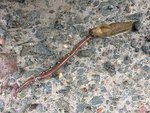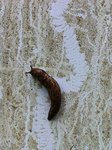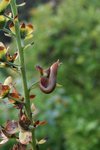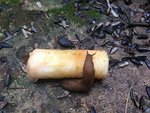 Narrowsburg
NarrowsburgLight Rain Fog/Mist, 43°
Wind: 8.1 mph
 Narrowsburg
NarrowsburgSummer officially arrived on June 21, heralding the return of some critters we might prefer not to share our lives and regional landscape with. In addition to ticks and mosquitos, slugs are suddenly …
Stay informed about your community and support local independent journalism.
Subscribe to The River Reporter today. click here
This item is available in full to subscribers.
Please log in to continue |




Summer officially arrived on June 21, heralding the return of some critters we might prefer not to share our lives and regional landscape with. In addition to ticks and mosquitos, slugs are suddenly sliming around our yards and gardens, silently and slowly consuming all sorts of stuff we’d rather not relinquish—like garden lettuce and home-grown strawberries.
Slugs (and snails) are gastropods and belong to a large division of invertebrates known as mollusks. Unlike snails, slugs typically have no shell, which puts their soft tissues at risk of dessication and requires them to generate protective mucus to survive.
The mucus trails they produce help to keep the slug from sliding down vertical surfaces, while the “slime trail” some slugs leave behind can be recognized by other slugs of the same species in pursuit of a potential mate. Such trails can also lead to a slug’s demise when followed by a carnivorous slug.
While slugs are often viewed as destructive garden pests, they in turn play an important role by consuming decaying plant material, fungi and sometimes carrion. In turn, they are preyed upon by reptiles, birds, amphibians and mammals, making them a valuable food source in our regional ecosystems.
Comments
No comments on this item Please log in to comment by clicking here